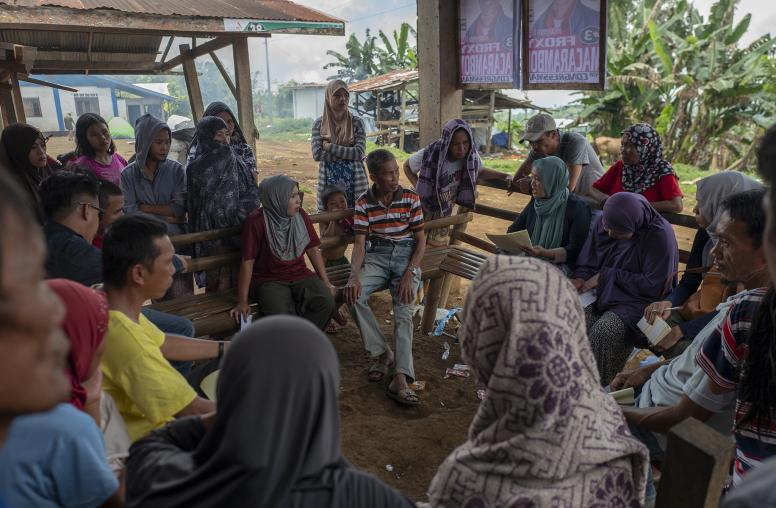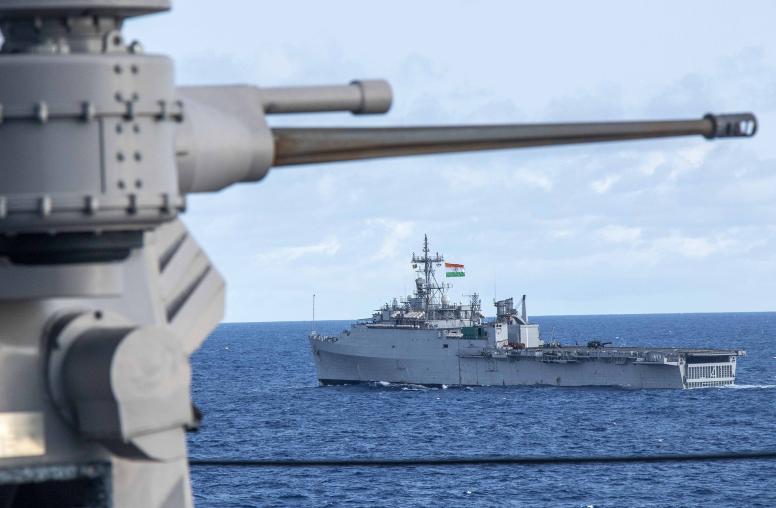Vulnerability to Intrastate Conflict
This report, which draws on the International Futures modeling system for its analysis, focuses on vulnerability to conflict. This meta-analysis approach seeks to help those in scholarly and policy environments understand more fully the various quantitative measures on conflict vulnerabilities.

Summary
- Efforts by researchers to quantitatively measure vulnerabilities of countries to conflict tend to focus on four major categories: social, economic, governance, and security. Specific variables drawn on in each category vary widely.
- Six leading studies evaluated in this report see vulnerability to conflict as a spectrum from failed or failing states to consolidated ones.
- Four measures—emanating from the Brookings Institution, Carleton University, the Fund for Peace, and the Center for Global Policy at George Mason University—have the most similar conceptual frameworks and measurement approaches, and these studies routinely measure countries similarly. Even these four, however, differ in the variables they emphasize and the identification and ranking of states.
- Two other measures, emanating from the Center for International Development and Conflict Management at the University of Maryland and from the Economist Intelligence Unit, differ more from the first four and each other in what conceptually constitutes vulnerability, in their variables, correlations, and assessments. They focus more heavily on states most likely to fail.
- It is not possible to argue that any one research effort or any combination is clearly superior in predicting vulnerability to conflict. These measures have not been systematically compared to actual outbreaks of violence, and many failed to indicate that seemingly stable authoritarian countries such as Libya were particularly vulnerable. Whether there is a relationship between rankings of states and actual subsequent conflict onsets remains to be analyzed.
About the Report
This report, which draws on the International Futures modeling system for its analysis, focuses on vulnerability to conflict. This meta-analysis approach seeks to help those in scholarly and policy environments understand more fully the various quantitative measures on conflict vulnerabilities. The analysis grew out of work done for the USIP. Nonetheless, the report was written by the authors in their personal capacities, and the views are theirs alone. The authors would like to thank Lawrence Woocher, Jonas Claes, and Abiodun Williams for their helpful comments and other assistance in preparing this report. Any errors or factual inaccuracies are solely the responsibility of the authors.
About the Authors
Barry B. Hughes is Johns Evans Professor at the Josef Korbel School of International Studies at the University of Denver and director of the Frederick S. Pardee Center for International Futures. Jonathan Moyer is a dissertation level PhD candidate at the Josef Korbel School of International Studies at the University of Denver, whose research focus is on the future of international conflict, both domestic and interstate. Timothy D. Sisk is professor of international and comparative politics at the Josef Korbel School of International Studies, University of Denver.




